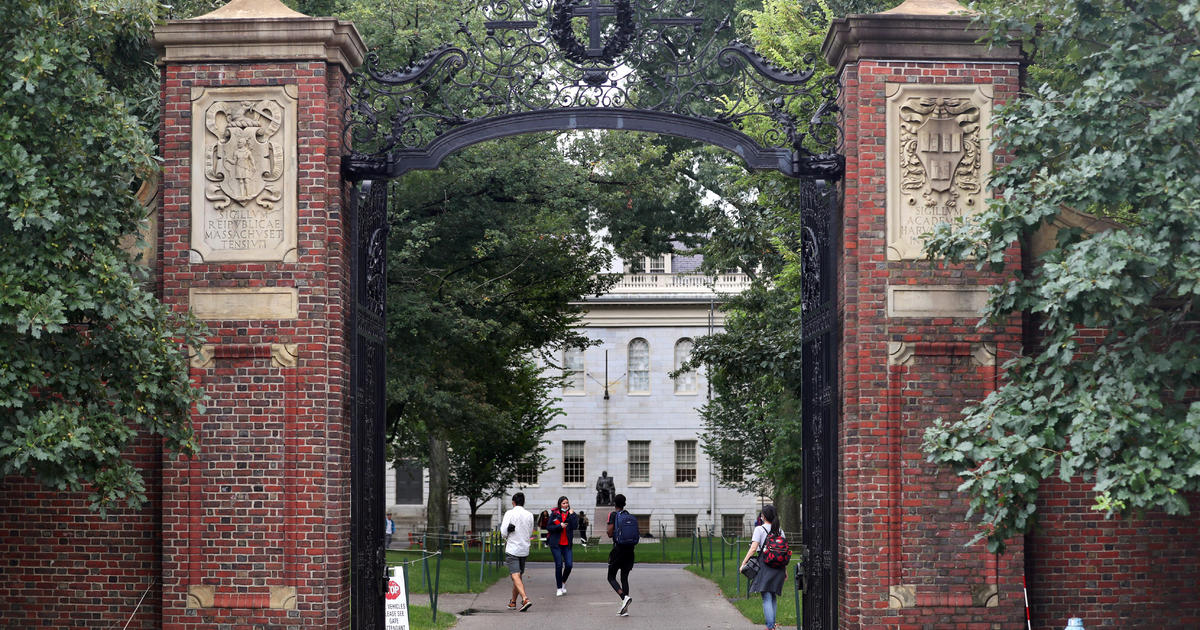Millions of Americans burdened by student debt are eagerly awaiting the Supreme Court’s ruling on the Biden administration’s student-debt relief program. In the meantime, Republican lawmakers have devised their own innovative strategies to address the soaring cost of college.
Introduced by a group of Senate Republicans, the Lowering Education Costs and Debt Act aims to provide clearer information about college costs to prospective students. It also ensures that students receive information about their expected loan repayment burden in relation to their projected income. Additionally, the legislation places a cap on borrowing for graduate students, as lawmakers argue that excessive loans have contributed to rising tuition costs.
This proposal comes at a critical time for the 43 million individuals with student debt. Not only are they waiting for a potential loan forgiveness ruling from the Supreme Court, but they are also preparing to resume college loan repayments on September 1 after a three-year break. Meanwhile, college costs continue to escalate, with some Ivy League institutions charging nearly $90,000 per year for tuition and fees.
Senator Bill Cassidy, a Republican from Louisiana, stated at a press conference that the current federal higher education financing system exacerbates the problem. He emphasized that colleges and universities have leveraged the availability of federal loans to raise tuition, leaving many students drowning in debt.
Republican lawmakers criticize President Joe Biden’s debt forgiveness plan for unfairly burdening taxpayers and failing to address the root causes of rising college costs. According to the Education Data Initiative, the typical cost of a 4-year public college has surged by 179% in the past two decades, surpassing inflation rates.
The causes of the escalating tuition are intricate and include reductions in state funding for public colleges and universities. However, given the current political landscape where Democrats control the Senate and White House, it is improbable that the Republican plan will make progress. Nevertheless, the legislation offers valuable insights into the Republican approach to addressing the challenging economic issue of college debt.
Capping Borrowing
The package of five bills comprising the legislation seeks to tackle college debt by imposing limits on the borrowing capacity of graduate students.
Under the proposed legislation, most graduate students would be restricted to federal loans of $20,500 per academic year, while those pursuing professional graduate programs like medical or law school would be limited to $40,500 in annual loans.
Senator Tommy Tuberville of Alabama highlighted at the press conference that providing an unrestricted government check to universities has exacerbated the problem. However, limiting borrowing could unintentionally lead to universities favoring students from affluent backgrounds who can afford to attend without significant loans.
For example, medical school tuition averages around $58,000 per year. Some low- or middle-income students may find themselves unable to finance their entire medical education, potentially resulting in a shift in enrollment towards higher-income students.
Enhancing Cost Transparency
In addition to borrowing restrictions, the legislation mandates that colleges provide more comprehensive information to prospective students about outcomes and loans. It also requires the implementation of a standardized financial aid letter to facilitate easier comparison of tuition and fees across different schools.
Senator Cassidy provided an example of a college program with a 5% graduation rate that would require a $50,000 loan, and graduates who earn around $30,000 annually. By divulging such information, he believes students would receive a clear market signal advising them not to enroll in that program.
A government report from last year revealed that student financial aid letters are often misleading, as 9 in 10 schools fail to provide an accurate estimate of attendance costs. This makes it challenging for students to compare expenses and make informed financial decisions.
“A college education is a significant financial commitment for many Americans, yet there is insufficient information available for students to determine whether they are making the right borrowing decisions,” Cassidy emphasized. He further advocated for a system similar to purchasing a car or a house, where prices, quality, and financing options can be easily compared.
Denial of responsibility! VigourTimes is an automatic aggregator of Global media. In each content, the hyperlink to the primary source is specified. All trademarks belong to their rightful owners, and all materials to their authors. For any complaint, please reach us at – [email protected]. We will take necessary action within 24 hours.


